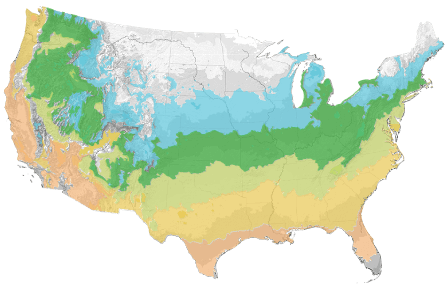You're growing in this Zip Code:
Change LocationJunior Walker™ Catmint
Nepeta x faassenii 'Novanepjun' PP #23,074
Retailers Near You
No Retailers found within 50 miles of your zipcode
Be Inspired: How to Use this Plant
| Bloom Time | Summer to early fall |
|---|---|
| Deciduous/Evergreen | Herbaceous |
| Special Features | Easy Care, Improved Pest and Disease Resistance, Waterwise, Fast Growing, Compact Form |
| Problems/Solutions | Deer Resistant, Erosion Control, Rabbit Resistant, Drought Tolerant, Tolerates Urban Pollution |
| Growth Rate | Fast |
| Flower Attributes | Fragrant, Showy Flowers |
| Patent Act | Asexual reproduction of plants protected by the Plant Patent Act is prohibited during the life of the patent. |
| Landscape Use | Border, Container, Ground Cover, Edging |
| Flower Color | Violet-blue |
| Foliage Color | Green |
| Companion Plants | Coneflower (Echinacea); Black-Eyed Susan (Rudbeckia); Blue Fescue (Festuca glauca); Butterfly Weed (Asclepias); Butterfly Bush (Buddleja) |
| Care Instructions | Thrives in average, rocky, well-drained soil with good air circulation. Benefits from afternoon shade in hot summer areas. Water deeply, regularly during first growing season to establish an extensive root system. Once established, reduce frequency; tolerates moderate drought. Remove spent flowers to promote continued bloom. |
| Lore | Nepeta is commonly called catmint, though not all species and varieties produce leaves whose scent is highly attractive and mood-altering to cats. Nepeta cataria is the true catnip that is loved by house cats; the organic compound nepetalactone, which acts as a cat attractant, was first isolated from this species. Not all cats react to this compound; 30% or more of the feline population is completely insensitive to it. Some catmints that may be less likely to be visited by cats include certain varieties of Nepeta x faassennii, Nepeta racemosa, Nepeta siberica, and Nepeta subsessilis. Many plants in the genus Nepeta are deterrents for certain insects, including aphids and squash bugs. |
| Bloom Time | Summer to early fall |
|---|---|
| Deciduous/Evergreen | Herbaceous |
| Special Features | Easy Care, Improved Pest and Disease Resistance, Waterwise, Fast Growing, Compact Form |
| Problems/Solutions | Deer Resistant, Erosion Control, Rabbit Resistant, Drought Tolerant, Tolerates Urban Pollution |
| Growth Rate | Fast |
| Flower Attributes | Fragrant, Showy Flowers |
| Patent Act | Asexual reproduction of plants protected by the Plant Patent Act is prohibited during the life of the patent. |
| Landscape Use | Border, Container, Ground Cover, Edging |
|---|---|
| Flower Color | Violet-blue |
| Foliage Color | Green |
| Companion Plants | Coneflower (Echinacea); Black-Eyed Susan (Rudbeckia); Blue Fescue (Festuca glauca); Butterfly Weed (Asclepias); Butterfly Bush (Buddleja) |
| Care Instructions | Thrives in average, rocky, well-drained soil with good air circulation. Benefits from afternoon shade in hot summer areas. Water deeply, regularly during first growing season to establish an extensive root system. Once established, reduce frequency; tolerates moderate drought. Remove spent flowers to promote continued bloom. |
|---|
| Lore | Nepeta is commonly called catmint, though not all species and varieties produce leaves whose scent is highly attractive and mood-altering to cats. Nepeta cataria is the true catnip that is loved by house cats; the organic compound nepetalactone, which acts as a cat attractant, was first isolated from this species. Not all cats react to this compound; 30% or more of the feline population is completely insensitive to it. Some catmints that may be less likely to be visited by cats include certain varieties of Nepeta x faassennii, Nepeta racemosa, Nepeta siberica, and Nepeta subsessilis. Many plants in the genus Nepeta are deterrents for certain insects, including aphids and squash bugs. |
|---|
Retailers Near You
No Retailers found within 50 miles of your zipcode
Retailers Near You
No Retailers found within 50 miles of your zipcode
Buy Online
We cannot currently ship this product to your zip code.
About Us
We have been pioneers and craftsmen in the art of growing plants for nearly
100 years. Since our founding in Southern California by Harry E. Rosedale, Sr.
in 1926, we have been absolutely dedicated and obsessed with quality.
We have been pioneers and craftsmen in the art of growing plants for nearly 100 years. Since our founding in Southern California by Harry E. Rosedale, Sr. in 1926, we have been absolutely dedicated and obsessed with quality.












